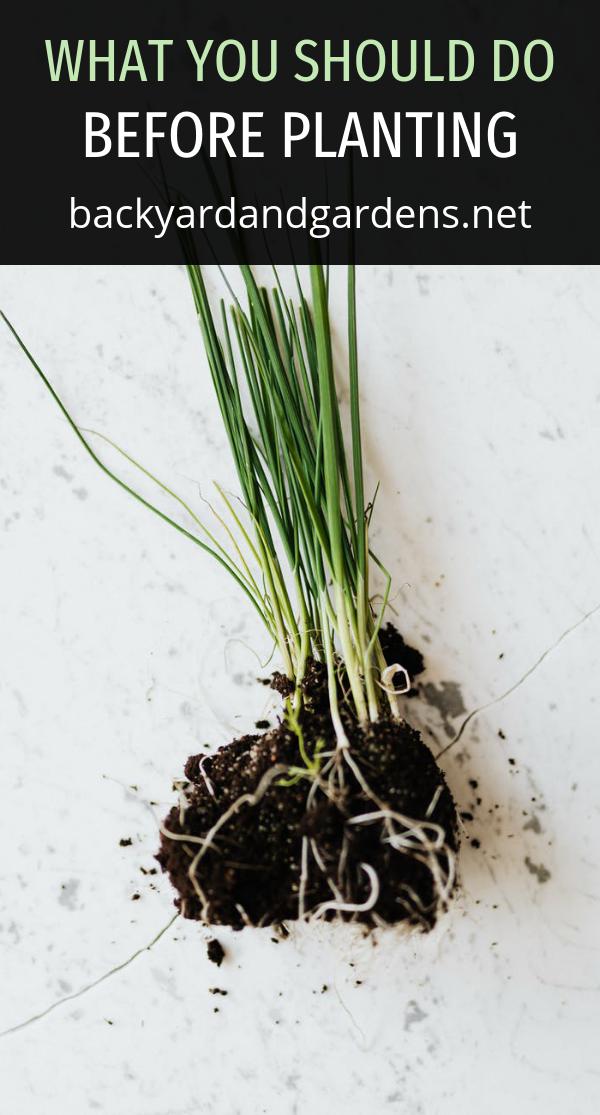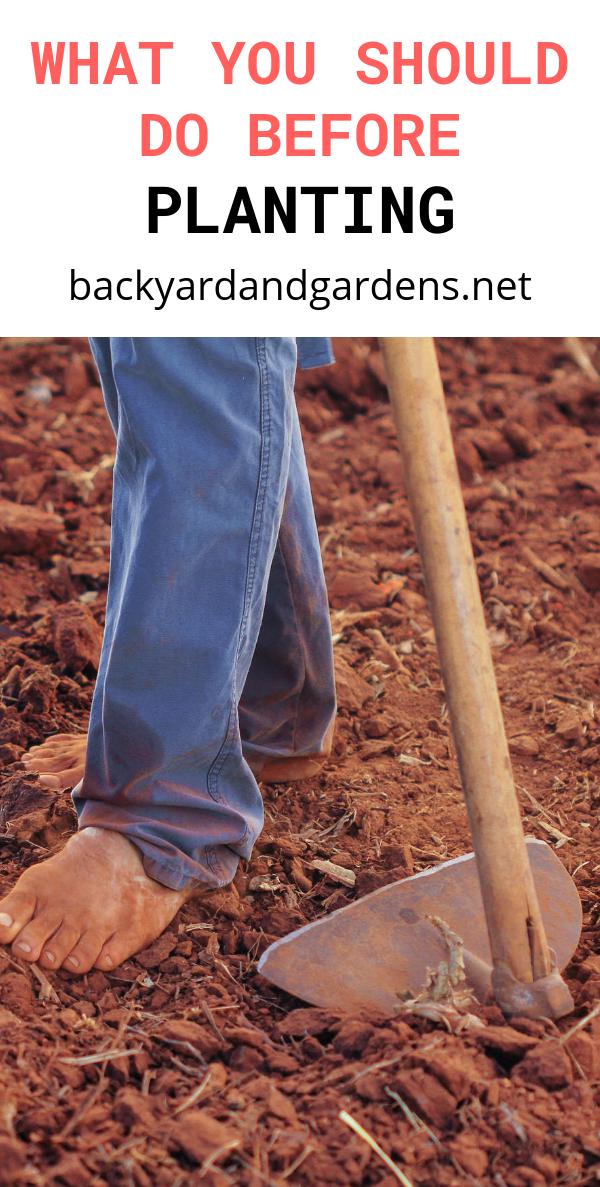What You Should Do Before Planting
The very first thing you should do before planting is to prepare the area. Begin by laying down the boards that will be used to support the soil so you can get a better grip on the soil itself. You can also use some gravel or even plywood to help hold down the soil when it’s about to be planted.
Ensure that the plants are in the best possible condition and remove any dead leaves that may have accumulated during the day. Keep the weeds to a minimum and have no excess vegetation with you, unless you want to throw them away. Use potted plants only as a spot filler for the lawn.

While preparing the ground for planting, carefully select, and purchase the best plants that are capable of providing food sources for the garden. This could be hard work if you are not a good gardener, so it’s worth taking your time and making a little work out of this.
One important thing to remember is that you can’t just plant wherever you feel like doing so. You need to check what needs to be done and how much care it needs to undergo. Potted plants are best, especially if they’re on the dry side and you may need to water them frequently.
Be sure to try to have the soil compacted when planting because this ensures that the roots are evenly spread. This way, your soil will be ready for the plants to feed on before winter, when the snow melts. Furthermore, the soils will be properly drained after a storm and you will need to keep this in mind when planning your next planting season.
You need to plan planting seasons in advance so that you won’t be caught unawares by the rains and harsh weather. One of the worst things you can do is postpone planting because you’ll be sorry the following year. This can happen more than once when planting in advance because the soil is still wet. In some cases, the plants won’t take and will die because of the lack of nutrition.
There are wide varieties of flowers and vegetables that are perfect for planting, but the most important factor is that it should be weed-free. Your gardeners will give you some basic gardening information, but the most important thing to remember is that you should test the soil first before starting. Test whether there are any plant growths.
Next, dig the seedlings up so that you can check if they are growing without any problems. You can do this by checking the ground under them or even just gently touch them. You don’t need to over-water the seedlings since they’re quite small.
You should always know where the pots are in relation to the seeds that you have for planting. You can buy weed seeds that allow you to sow them on the weedless garden. However, you may have to do some digging, especially if you live in an area where there is no weedless lawn.

Always plant where you are familiar with the shape and feel of the soil and this will make the planting a very good place to begin your gardening venture. You can use a gardening tool called a spade and use it to try to dig a hole of two to three inches deep. Then place the seedlings in the hole and slowly dig the dirt in.
Water the plants when they have already sprouted well. It’s easy to do but you have to be patient since the soil can be full of nutrients at times. As soon as you see that the soil is good to use, plant the seedlings and watch them grow.
